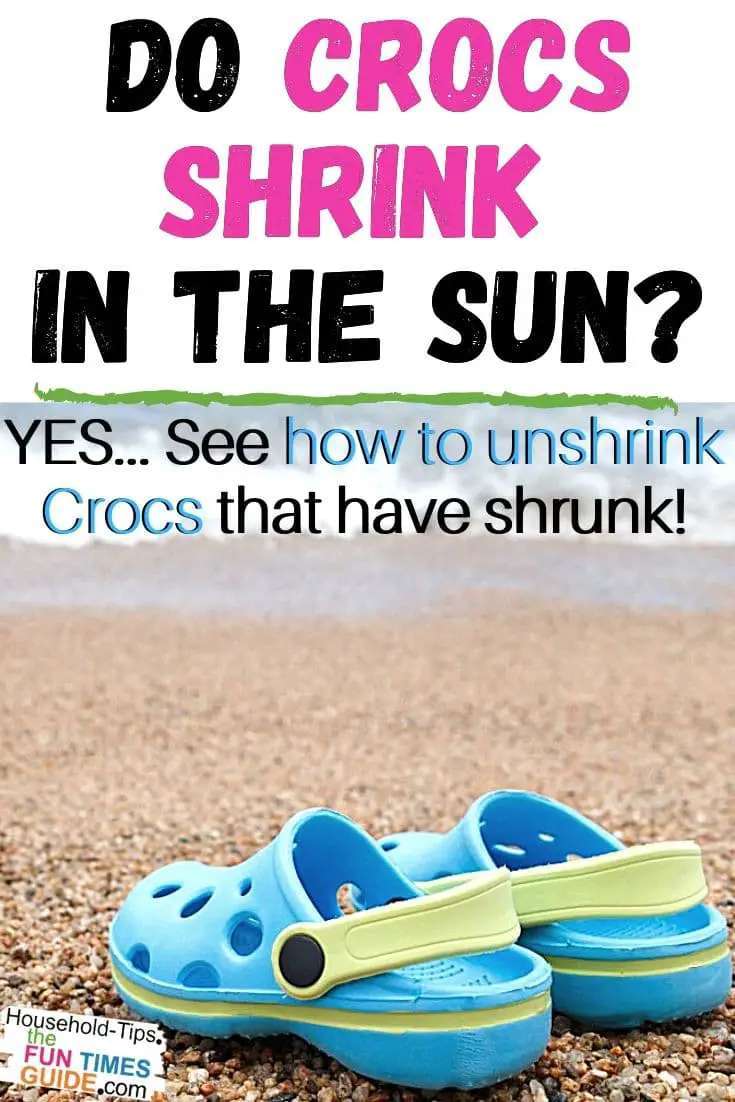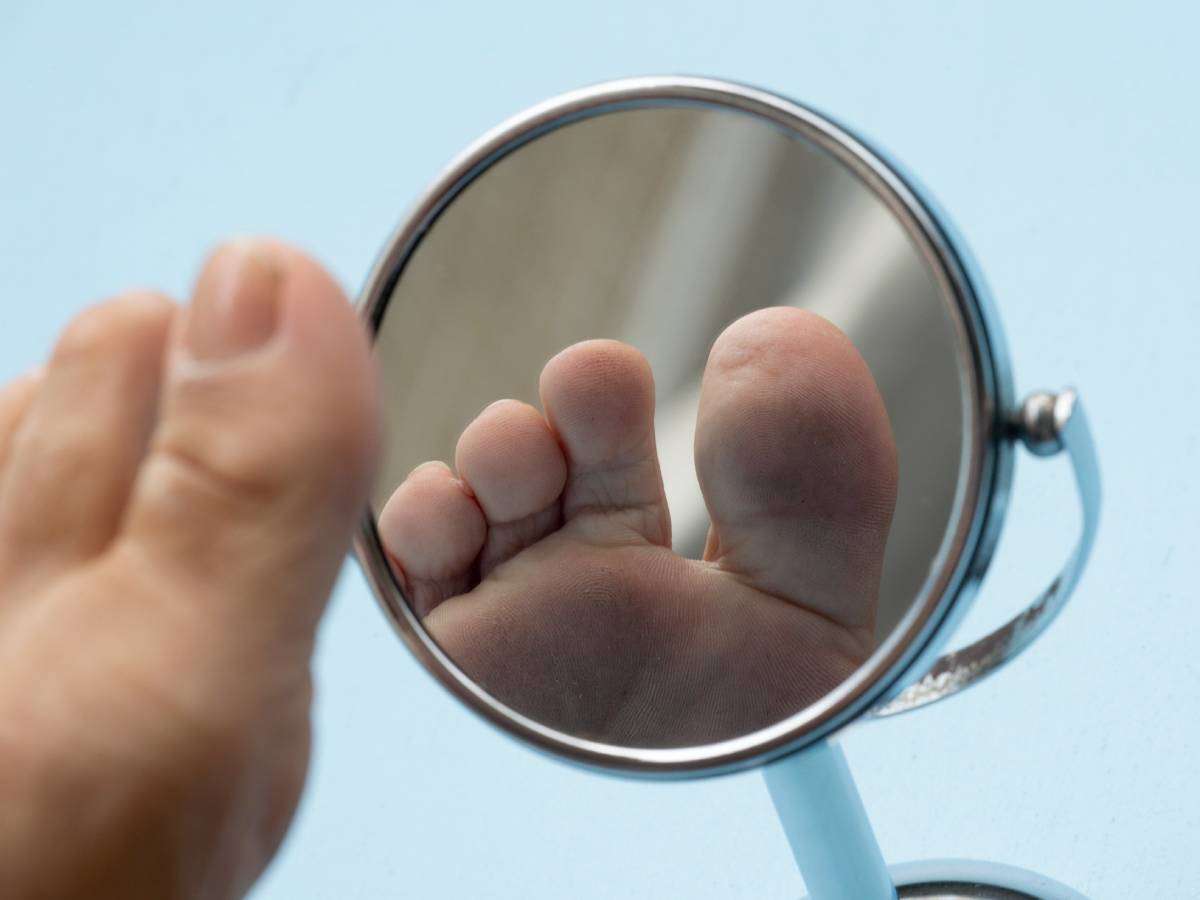Do Crocs shrink? YES!
Owners of Crocs shoes become quite frustrated when they learn (usually after the fact) that Crocs shrink when exposed to high heat.
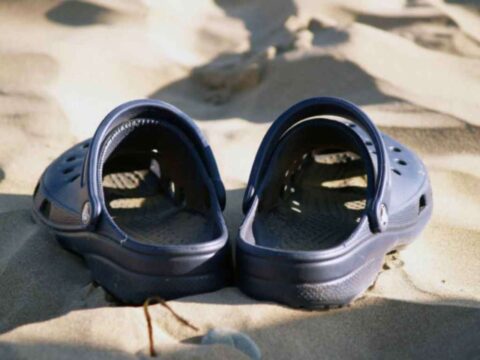
It’s true.
Some instances in which Crocs footwear are likely to shrink:
- when left in a hot car
- when washed in the dishwasher
- when left outside in the sun
- when cleaned in the washing machine
Some have even said that their Crocs shrunk as much as 2 sizes!
Here’s what you can do if your Crocs shrunk in the sun (or for some other reason), and you want to be able to wear them again…
How To Fix Shrunken Crocs
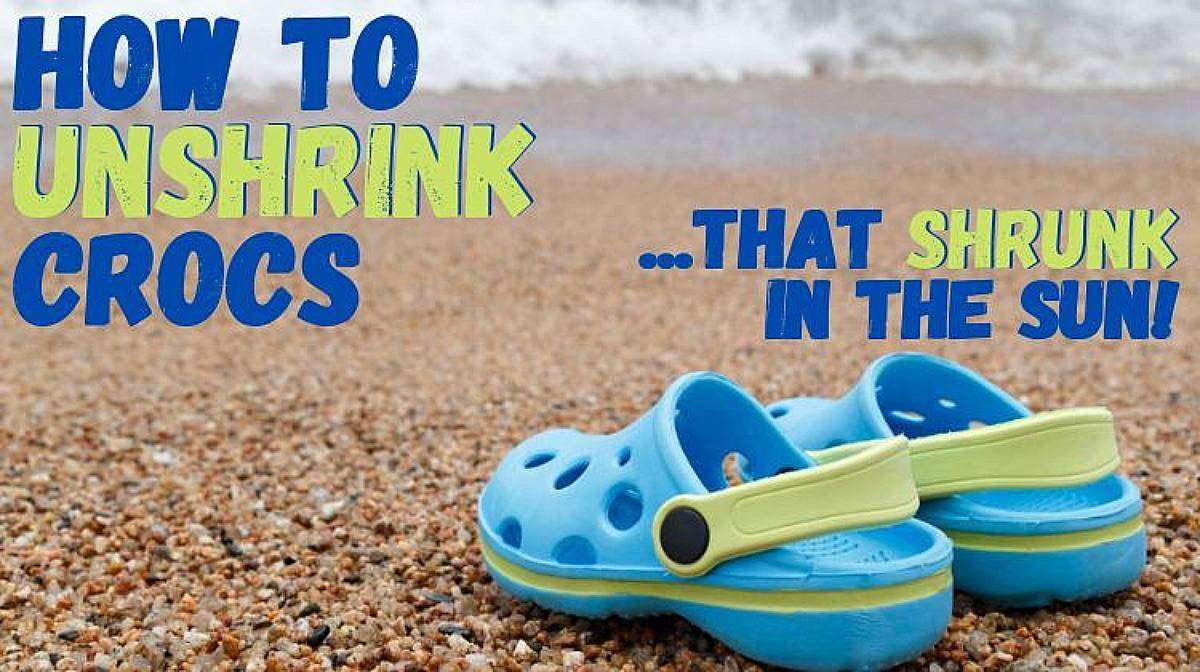
This is the best way to fix Crocs that shrunk:
- Wash them (in hot water) which loosens up the material.
- Then, immediately wear them.
The most effective way to do this is to place your shrunken Crocs in a pot of boiling water (for less than 1 minute). Then, take them out. And immediately (as soon as you can bear the temperature of them outside of the water!) wear them for awhile.
This should make the Crocs come back to life and re-mold to your feet.
They’ll seem tight at first, but wearing them when the Crocs material is warm and flexible will stretch them out a bit.
TIP: If you need to really stretch them out, try putting on 3 or 4 pairs of really thick socks first before you slip your foot into the freshly boiled Crocs. Then wear them around and let them remold to your thickly socked foot.
Looking For Other Ways To Unshrink A Pair Of Crocs Shoes?
You can place your Crocs in the clothes dryer — with some towels — for 2 to 3 minutes.
You could also point a hot hair dryer at your shrunken Crocs for several minutes.
Both of these methods can loosen up the Crocs material which allows them to re-stretch when you put your foot into them — as long as you walk around in them immediately.
Keep in mind… even the Crocs company does not recommend that you microwave Crocs:
100% of all Crocs, Inc. Customer Service Representatives agreed, after thorough testing, that unless your Garden Gnome is in search of Lilliputian sized Crocs shoes, we do not recommend this action.
— Crocs FAQs
Sometimes It Works, Sometimes It Doesn’t
Quite honestly, there is no magic formula here. Sometimes these methods of getting the Crocs really hot again work well — and sometimes they don’t.
It probably has something to do with the fact that different pairs of Crocs are made from different batches of material, and any slight change in the formulation could ultimately affect their shrinkability.
Such is why some people (many people) have left their Crocs out in the sun, in hot parked cars, or in the dishwasher and they’ve had no issues with Croc shrinkage at all.
You should also know that the older the Crocs are, the more likely they are to become a little mis-shapen or warped after being exposed to any form of high heat. So try these fast-heat methods for unshrinking Crocs at your own risk!
In the end, just remember that Crocs can shrink in as little as 30 minutes in high heat conditions.
TIP: It’s better to be safe than sorry. Keep your Crocs in cool, shady places when you’re not wearing them. (When Crocs are worn in high heat conditions, they can still shrink a bit — it’s just that your foot being inside of them will help to re-stretch any shrinkage as it occurs.)
What If You Bought Crocs Too Small?
Of course, the reverse is true as well.
If you buy Crocs that are a tad too big, just toss them into hot water first (or leave them in the sun), and don’t wear them right away.
Let them cool down on their own and retain their own shape.
When you put them on again, they should be at least a little bit smaller!
What Are Crocs Made Of?
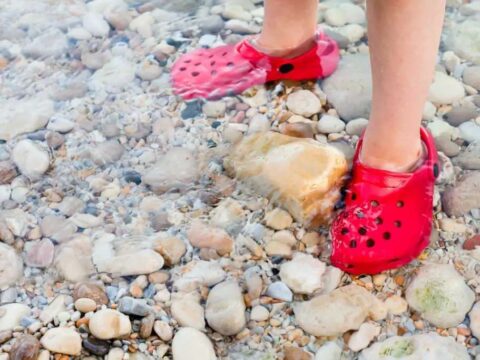
Safe Baby Healthy Child contacted Crocs and asked if Crocs are made of EVA foam and if they have been tested for formamide.
They received the following reply:
Crocs Croslite material is not made of EVA foam. We can not disclose its contents as it is a proprietary closed cell resin. Crocs fully molded clogs and other styles are made of Croslite material, which is an extraordinary impact absorbing resin material developed for maximum cushioning. This versatile material can be worn next to the skin and be cleaned with soap and water. Crocs fully molded foam shoes made solely from Croslite material contain no latex materials. Some of our other styles that are not made of fully molded Croslite material may have latex in some of the glues or other bonding materials, so you should not purchase those models given your sensitively to latex.”
– Crocs Customer Service
They made the point that PCCR (proprietary closed cell resin) is a petroleum-based foam.
I also found someone who knows a bit about chemistry talking about what Crocs are made of:
Ethylene-vinyl acetate is a copolymer of ethylene and vinyl acetate. Vinyl acetate makes up anywhere from 10% to 40% of the copolymer, and the remainder is made up of the ethylene. This polymer is an elastomeric material (one that is elastic) in its flexibility and softness. Yet, it can be processed like a thermoplastic (a plastic that can be melted into a liquid).
—Paridhi Wadikar
More about Crocs from her notes:
- Crocs bought the company Foam Creations and their manufacturing operations, which secured the exclusive rights to the proprietary foam resin, known as Croslite — which is used to make Crocs.
- This Croslite foam resin called is made out of a polymer called ethylene-vinyl acetate (EVA).
- EVA is also sometimes more popularly called “expanded rubber” or “foam rubber.”
- Crocs are primarily made in China. They’re also made in Florida, Canada, Mexico, Brazil, Romania, and Italy.
- The Beach and Cayman versions of Crocs come in more than 20 colors. Other styles come in 4 to 6 colors (or color combinations).
More Ways To Care For Crocs Shoes
Like this post? Save it to read again later… or share with others on Pinterest!
